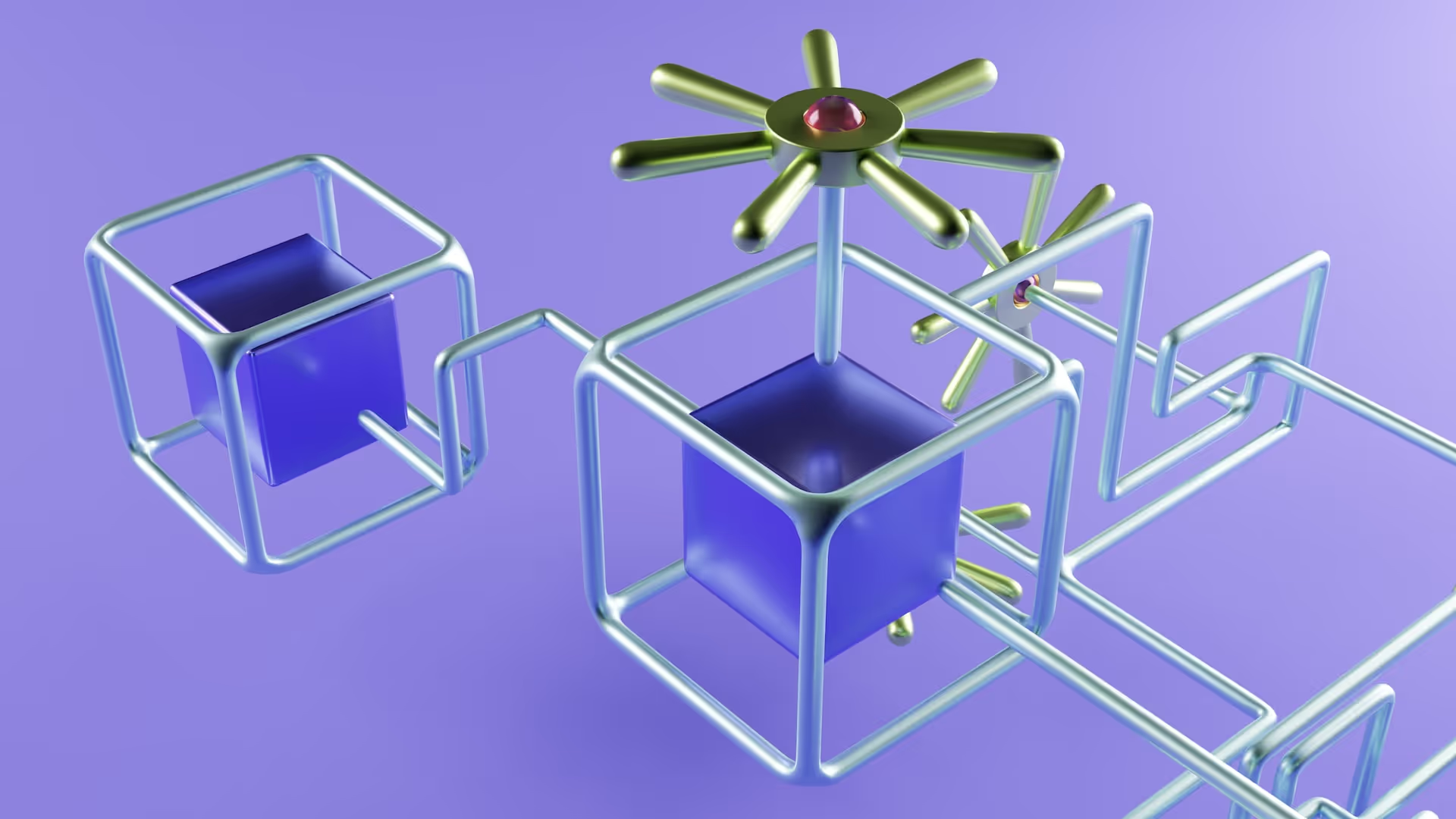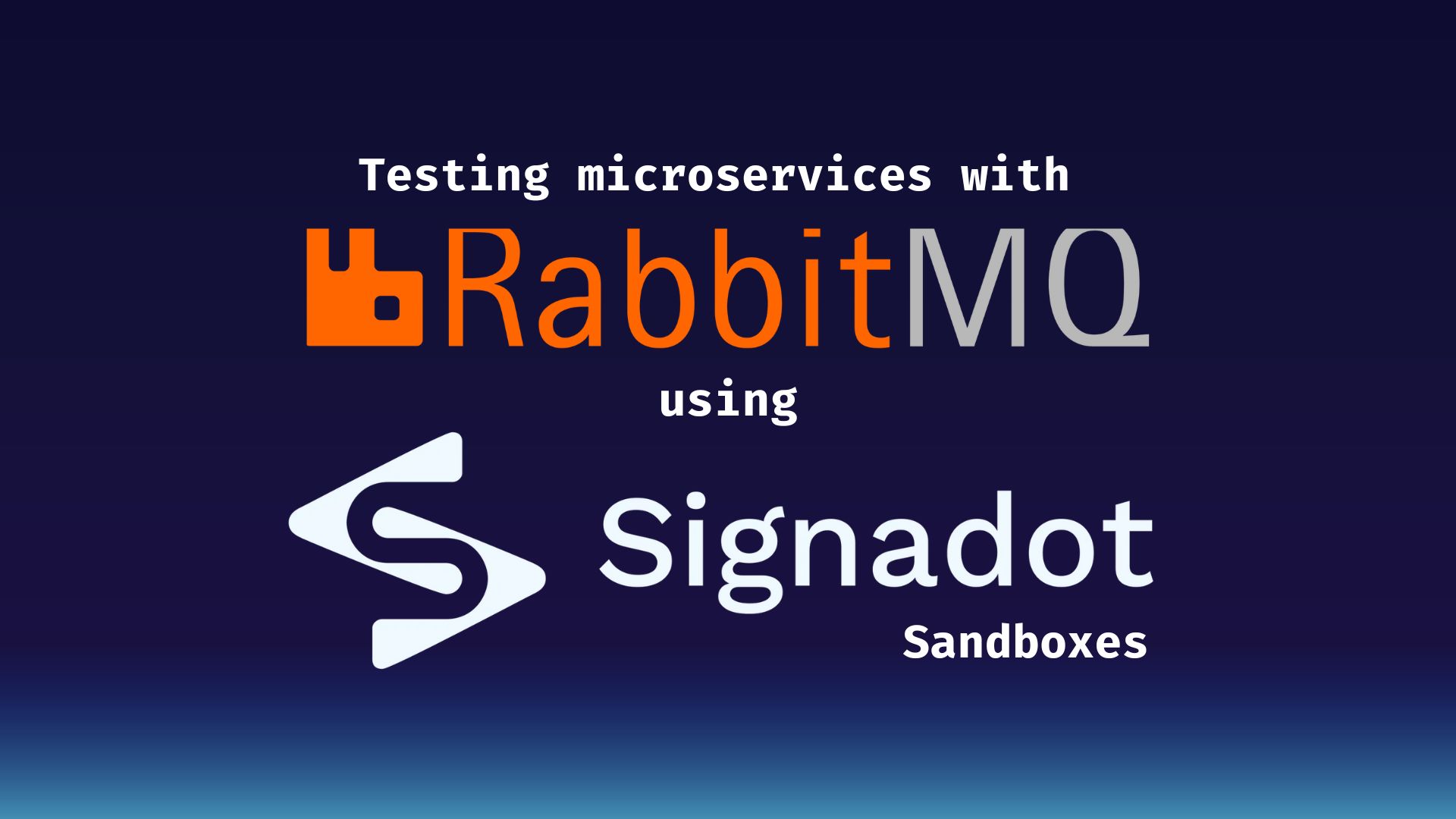Everything You Need to Know About Kubernetes Microservices

Kubernetes microservices have rapidly risen in popularity in recent years, and many companies are implementing them in their software architectures. If you haven’t used microservices or if you’re looking into microservices for your software application, then this guide is for you. We’ll be covering what you need to know about Kubernetes microservices, how they work and when you should use them. Read on to learn more about Kubernetes microservices, or click below to check out Signadot and access a better way to create or test your microservices.
A Quick Definition of Microservices
Put simply, microservices are an architectural style for software development. It divides the architecture of an application into smaller, independent services that can be developed, deployed and scaled individually. Instead of having your application as a monolith, microservices can separate complex features and functionalities into separate components that all serve their own specific roles.
These microservices can be built using different programming languages, databases and frameworks. Additionally, this means that teams can work independently on each service, and it doesn’t impact the others. By making development more modular for applications, development cycles can be more efficient and maintenance can be more straightforward. Also, this means that they can be added and removed easily without disrupting the application’s functionality.
Along with easier development cycles, microservices can also communicate with each other through APIs. These microservices can interact with each other by sending and receiving requests, ensuring the application can all work together. This adds flexibility and scalability, too.
A Few Examples
Microservices can be found in various industries and use cases, showcasing their versatility and applicability. Here are some examples of microservices being used in major software applications:
- DoorDash — DoorDash uses multiple individual components to run its app and create the DoorDash service. DoorDash developers can easily change or create these individual components without affecting the overall usability of the app. The microservices architecture of DoorDash allows the app to run 100s of microservices, making their platform more efficient and reliable overall.
- Netflix — Netflix is another major company that adopted a microservices architecture to improve the scalability and resiliency of its platform. Breaking up its monolithic architecture into individual components allowed the platform to handle higher levels of demand and mitigate the risk of impact failures. It also made it easier for Netflix developers to introduce new features and updates without disrupting services for subscribers.
- Uber — Uber uses microservices to power its ride-sharing and Uber Eats delivery platform. Each microservices in the Uber ecosystem is designated for a specific role, such as location tracking, driver allocation, payment processing and more. With this modular approach, Uber can seamlessly introduce updates and ensure a reliable experience for drivers and customers alike.
- Monzo Bank: Finally, Monzo Bank runs thousands of microservices in order to create reliable banking technology and a dependable system..Their architecture allows them to continually iterate on systems to deploy new and improved features for their millions of customers.
These companies offer highly complex services, but microservices have made their applications much easier to scale and manage. This easier development cycle empowers these businesses to innovate and grow while also responding to the needs of customers.
What does Kubernetes have to do with Microservices?
Kubernetes is a powerful container orchestration platform that is ideal for creating and updating microservices. The Kubernetes platform is built with the tools and features developers need to manage containerized applications and deploy microservices architecture in their applications.
Kubernetes enables developers to scale and deploy microservices independently and manage them with ease and efficiency. Kubernetes is also built with automatic load balancing features, which helps to distribute traffic evenly among your microservices. Kubernetes features a variety of convenient automatic features, such as microservice monitoring that restarts microservices that fail so that your application is more reliable.
Finally, Kubernetes features an array of features for rolling updates, so you can deploy new versions of your microservices with minimal disruption to your users. Overall, Kubernetes is a great choice for microservices because it’s built to enable their development and deployment while being as user-friendly as possible for the developer.
When Should I Use Microservices?
As mentioned, microservices have risen in popularity in recent years, and for good reason. For the right use case, it can be much better than a monolithic software architecture. However, that doesn’t mean that microservices are always the best solution for every situation. Here are some factors to consider if you’re wondering if microservices are right for your application:
- Complexity — One factor you’ll want to consider is the complexity of your application. A simple application that doesn’t require communication between functionalities or an application that doesn’t need a lot of scalability might be better suited to a monolithic architecture. However, if you have a large and complex application with multiple functionalities, you may want to consider microservices for the added flexibility and scalability.
- Team size — You should also consider the size and structure of your team before making the move to microservices. Microservices are best suited to larger development teams that can work on the different services independently. If you have a smaller team, you may want to consider a monolithic approach, so your team isn’t spread too thin.
- Update frequency — Applications that require frequent updates, deployments or feature rollouts should consider microservices architecture. Microservices make these processes much more efficient thanks to the speedier development cycles and the easier maintenance.
Cloud-native applications — Finally, if you’re building a cloud-native application, then microservices architecture might be ideal for you. Microservices allow for flexibility, resilience and scalability, which is perfect for the cloud.
How Signadot Can Help
You can make microservices even more efficient by utilizing Signadot. Signadot is a Kubernetes-native platform that makes creating and testing your microservices even more seamless. Typically, a Kubernetes developer environment platform makes a full copy of your environment, which can be inefficient and costly. Signadot doesn’t make a full copy and will instead create multiple sandboxes in one environment so you can have lightweight developer environments ready in your staging cluster in just seconds.
Sandboxes allow you to save time, save money and increase developer productivity by allowing you to test and develop your microservices in a remote Kubernetes environment in a fraction of the time. Ready to learn more? Try Signadot for free today!
Join our 1000+ subscribers for the latest updates from Signadot







